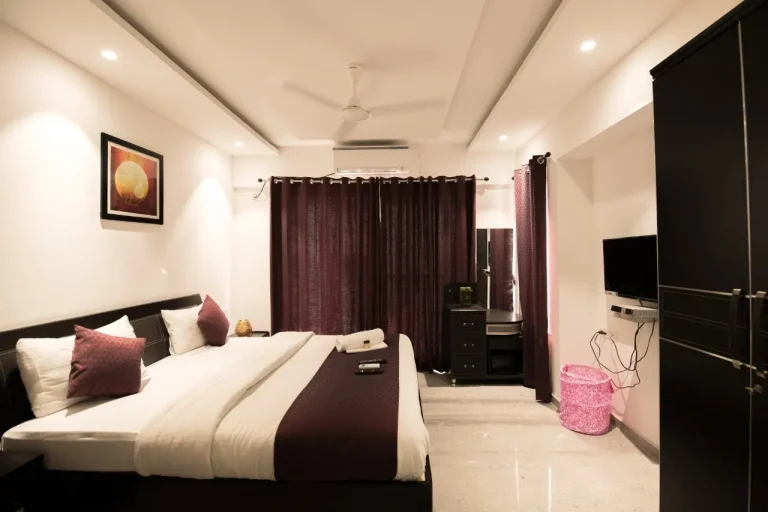
In the culinary world, a restaurant menu is not just a list of dishes; it is a carefully crafted tool that can influence diners’ choices and enhance their overall dining experience. Successful restaurant menus go beyond mere descriptions of dishes and prices; they tap into the intricate realm of psychology to captivate and guide the customer’s decision-making process. Let’s delve into the key psychological factors that contribute to the success of top menus in ontario.
Strategic Placement of Items:
The way items are arranged on Restaurant menus can significantly impact customers’ choices. Studies suggest that diners tend to focus on the first and last items in each category, often overlooking those in the middle. Restaurants strategically place high-profit items where the eyes naturally fall – at the beginning and end of each section. This technique, known as primacy and recency effects, influences customers to choose items that are strategically positioned.
Pricing Psychology:
Pricing plays a crucial role in menu design. Consumers are sensitive to the way prices are presented. Additionally, dropping the dollar sign and removing unnecessary zeros can make prices seem friendlier and more approachable. Offering a slightly higher-priced premium option can make other items seem like a better deal, encouraging customers to spend a little more.

Decoy Effect:
The decoy effect involves introducing a third option to make one of the other options more appealing. For instance, a restaurant might offer a high-priced luxury steak, a moderately priced regular steak, and a lower-priced option that is less desirable. The presence of the less appealing, lower-priced option can make the regular steak seem like the best value, influencing customers to choose it.
Storytelling and Descriptive Language:
Descriptive and evocative language can elevate the perceived value of a dish. Instead of a simple list of ingredients, successful menus tell a story about the origins, flavors, and preparation methods of each dish. Vivid descriptions stimulate the imagination and create a sensory experience, making the dining decision more emotional and memorable.
Visual Appeal:
Humans are visual creatures, and the presentation of a menu can significantly impact a diner’s experience. High-quality images of dishes can enhance appetite and entice customers to try something new. Design elements such as fonts, colors, and layout also contribute to the overall visual appeal of the menu, reflecting the restaurant’s brand and personality.
Categorization and Organization:
Well-organized menus make it easier for customers to navigate and make decisions. Grouping items into logical categories, such as appetizers, entrees, and desserts, helps customers quickly find what they’re looking for. Logical flow in the menu layout can guide diners through a thoughtfully curated culinary journey.
Limited Choices:
While variety is essential, an overwhelming number of choices can lead to decision fatigue. Successful menus strike a balance by offering a diverse selection without overwhelming customers. Limited choices can lead to quicker decisions, reducing the chances of diners feeling overwhelmed or regretful.
A successful restaurant menu is a product of thoughtful consideration of various psychological factors. From strategic placement and pricing psychology to the use of descriptive language and visual appeal, each element contributes to creating a dining experience that goes beyond the plate. As the culinary landscape continues to evolve, understanding the psychology behind successful restaurant menus remains a key ingredient for sustained success in the competitive world of dining establishments.







